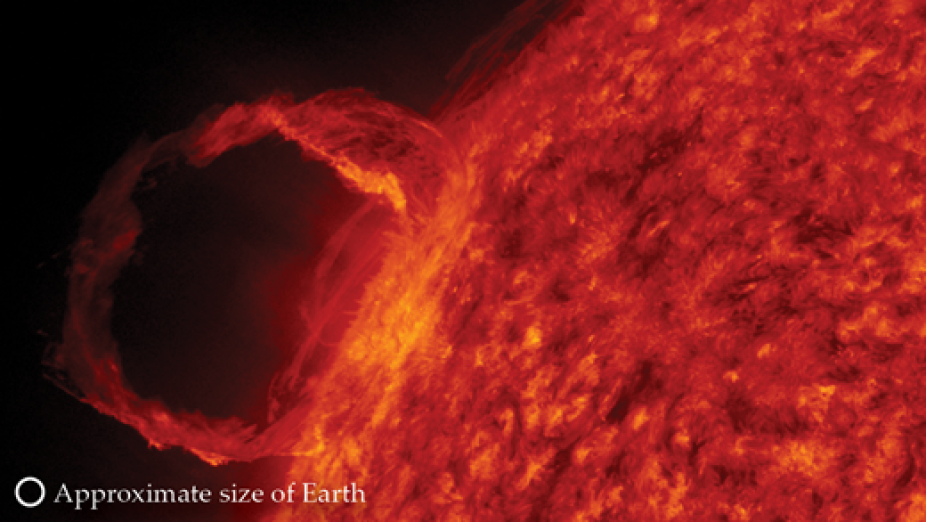Physics Today: The invention of telescopes facilitated more detailed study of sunspots and the identification of exotic structures suspended above the solar surface. More recently, the space age brought about a new era of solar observations, leading to groundbreaking discoveries about solar magnetism and its reach. Launched in the 1970s, Skylab was the first space station, and although not designated to be a solar mission, it opened our eyes to large eruptions originating in the outer layer of the solar atmosphere, called the corona. Since the launch of the Solar and Heliospheric Observatory (SOHO) in the 1990s, a joint project between the European Space Agency and NASA, the trajectory for solar physics discoveries has swiftly escalated. Despite advances, many fundamental questions remain regarding all regions of the Sun, including the solar interior and the storms released in the outer solar atmosphere.

Large arcs of solar material, or prominences, are common features of an active sun. They were only discovered once astronomers viewed the Sun through telescopes. The Solar Dynamics Observatory now provides high-resolution monitoring of such solar activity.
Courtesy of NASA's Goddard Space Flight Center Scientific Visualization Studio and the Solar Dynamics Observatory.